Basil Substitute – 16 Outstanding Aromatic Alternatives In 2023
Are you looking for some basil substitute because you are out of basil and cannot find it in any stores around you? Don’t worry because other herbs can mimic the wonderful flavor of basil.
I know that basil is a star of your recipe because of its dazzling fragrant smell and spicy herbal taste. However, using alternative ingredients can help you explore more and diversify your menu.
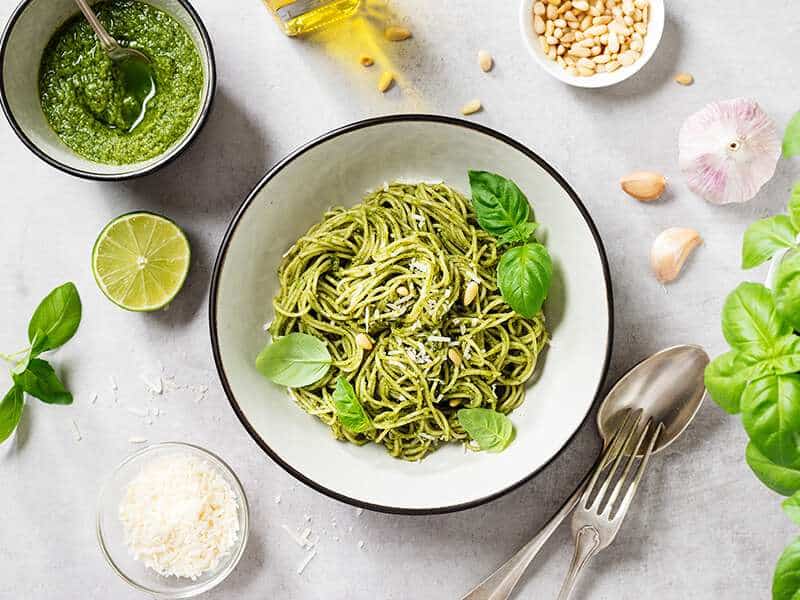
Get To Know About Basil
Basil is a member of the mint family (Lamiaceae) with other famous relatives such as mint, rosemary, and lemon balm (1). This herb’s hometown is in Africa and the South-East Asian regions.
This herb is usually used in cooking to create a peppery taste with a flawless aromatic smell. Fresh basil has a tangy flavor with a slight note of anise.
Basil has around 60 varieties globally, each carrying unique flavors and appearance. Let’s discover the most common types of basil:
- Sweet Basil: This type of basil is famous in Western countries and the Mediterranean.
- Thai Basil: Appears in South-East Asia and has strong licorice and a bit spicy taste.
- Lemon Basil: Has a mild taste with a gentle scent of citrus-like or lemon-like aroma.
- Holy Basil (Tulsi): Natives to India with a mild spice flavor and a hint of coffee smell.
- Cinnamon Basil: Widely used in Asia with a subtle cinnamon flavor.
Discover more common basil varieties to diversify your choice.
How Basil Is Used? – Such A Versatile Herbs
Little did you know that basil has quite a lot of applications besides being a cooking ingredient. Let’s find out how this herb is used globally.
You can use basil as a main ingredient to form a beautiful light green Italian pesto or add shredded basil leaves to finish the Pomodoro sauce with a pleasant aromatic smell.
If you want to make a drink, basil is a great choice too. Fresh basil leaves are used to enhance the citrus flavor and create a spicy note for cocktails or even smoothies. Basil works well with alcoholic drinks like gin or vodka to generate a nice herbal twist.
Surprisingly, basil is also used in making syrup. Basil syrup has a sweet taste as other syrup but with a signature floral note from basil. This herbal syrup is usually used in fruity or tropical cocktails like Thai basil gimlet or black basil palmer.
Basil Substitutes Conversion Chart
To precisely use the basil alternatives, I suggest you follow the chart below. This is the recommended amount for generating the closest flavor to basil.
16 Basil Substitute To Replicate The Flawless Taste
The following suggestions are the best alternatives for basil. Some of them might twist your recipe a bit, but the final taste will be astonishing.
1. Cilantro – An Aroma Twist To Your Recipe
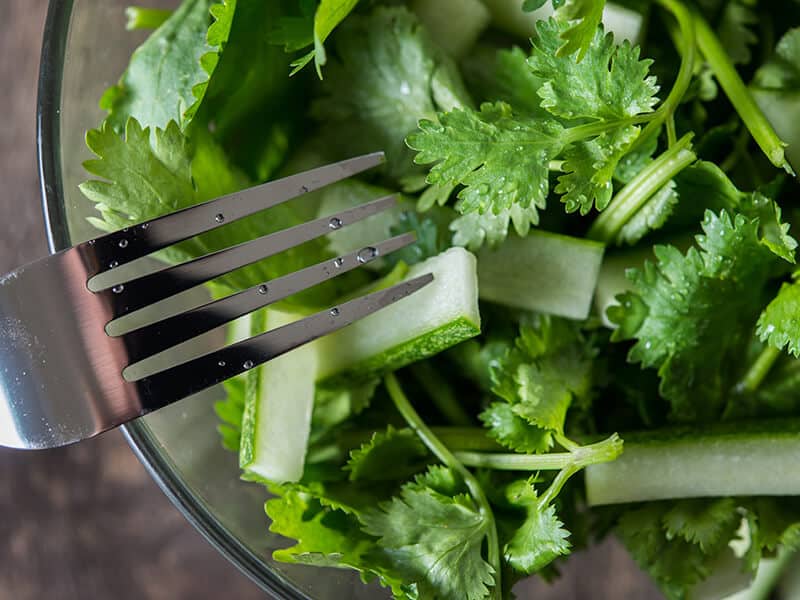
Cilantro is a veggie from the Apiaceae family, a different family from basil. However, this plant has pretty much the same light green color as basil, perfect if you need to mimic basil color.
Cilantro has a pungent herbal smell with a tangy and musky flavor. Both basil and cilantro share a slightly citrus flavor; therefore, cilantro will be an excellent alternative if you need this refreshing flavor.
Certain people are not into eating cilantro because they can sense the soapy taste from this herb. However, cilantro is a must-try herb if you want to add a little twist to your recipe.
Cilantro has a much stronger and robust spicy taste compared to common basil, so you can use cilantro in a pinch as a substitute for basil. In another case, cilantro can replace stronger types of basil, such as Thai basil, in an equal amount.
2. Mint – A Touch Of Cooling Sensation
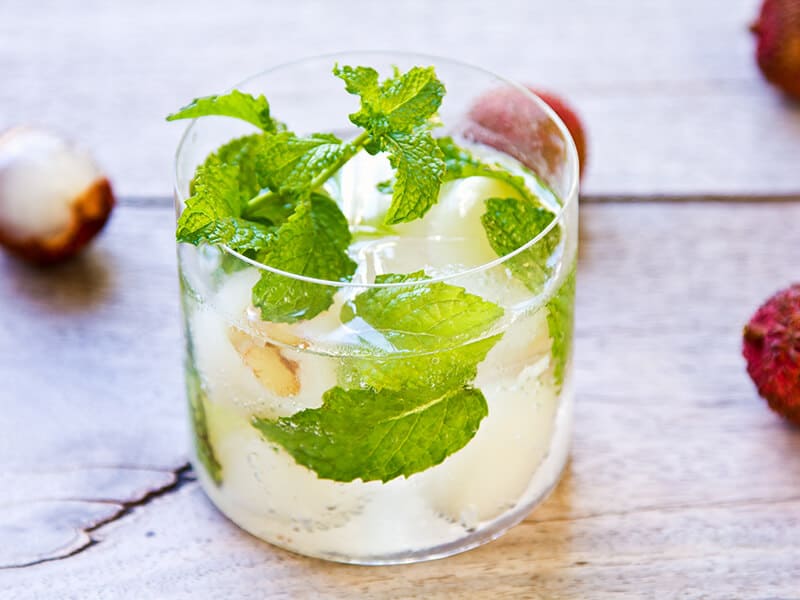
Basil and mint are in the same Lamiaceae family, which means they share certain flavor and aromatic features. This makes mint one of the first choices to consider if you want to replicate the same basil flavor.
Mint has a fragrant aroma that can enchant even picky eaters. This herb also has a unique spiciness that creates a refreshing-cold feeling every time you taste it.
Mint can be used to replace basil for generating a wonderful aroma for your drink. Usually, it is perfect to use in hot/ cold tea, some tropical cocktail recipes, and some sweet desserts.
If you want to make Thai or Mediterranean dishes, using mint will deliver the flawless flavor of basil.
Although you can find mint slightly bitter, the general flavor of mint and basil are perfect for replacing each other. I suggest using a ratio of 1:1 to alternate mint leaves for basil leaves.
These are the most refreshing cocktails with mint that you have ever seen.
3. Lemon Balm – The Best Choice For Better Sleep
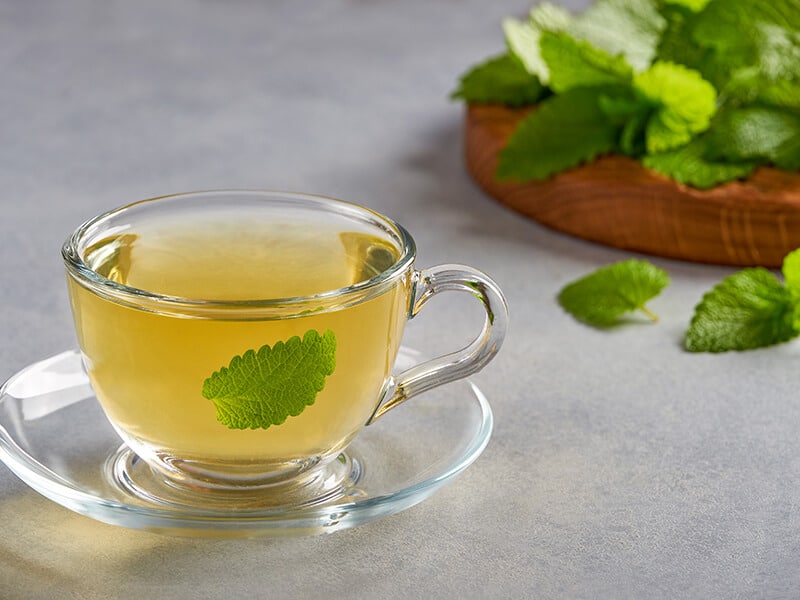
Lemon balm has a bright taste of mint that is a bit sour and citrusy when you eat it plain or use it as a garnish for salad, sandwiches, or BBQ.
As a mint relative, lemon balm has a delightful exposure that you can add to many dishes to enhance the food flavor or support some mental problems.
Suppose that you have insomnia, lemon balm may provide better sleep for you, or it can be a fantastic herb for improving digestive issues as well.
Lemon balm can substitute basil with an equal amount. It is suitable to replace fresh basil to create the lemon-like flavor in some soups or dessert recipes.
4. Oregano – Alternative Option From The Mint Family
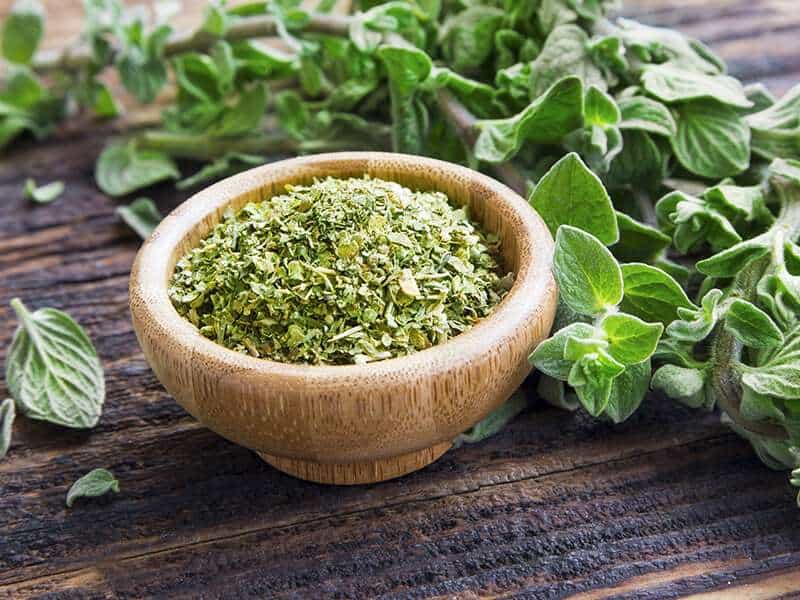
Oregano frequently appears in Mediterranean recipes. This is a tiny-leaf plant in the famous mint family, which is commonly used in cooking.
Oregano is an aromatic herb that is robust in flavor along with a note of bitterness and citrusy. If you focus on the taste of fresh oregano, you will find a bit of acidic taste.
This culinary herb also has a minty taste, which is perfect for replacing basil in some recipes. Dried oregano has a more concentrated flavor than fresh oregano, so you need to pay attention to which type you want to use to substitute basil.
For Mediterranean recipes, you can use oregano to substitute basil with the same amount. Each teaspoon of basil can be changed with one oregano teaspoon. For dried oregano, the ratio should be 1:2 because the taste is stronger than the fresh one.
Have you ever used oregano in spaghetti? The result is mesmerizing!
5. Spinach Leaves – A Healthy Alternative Package
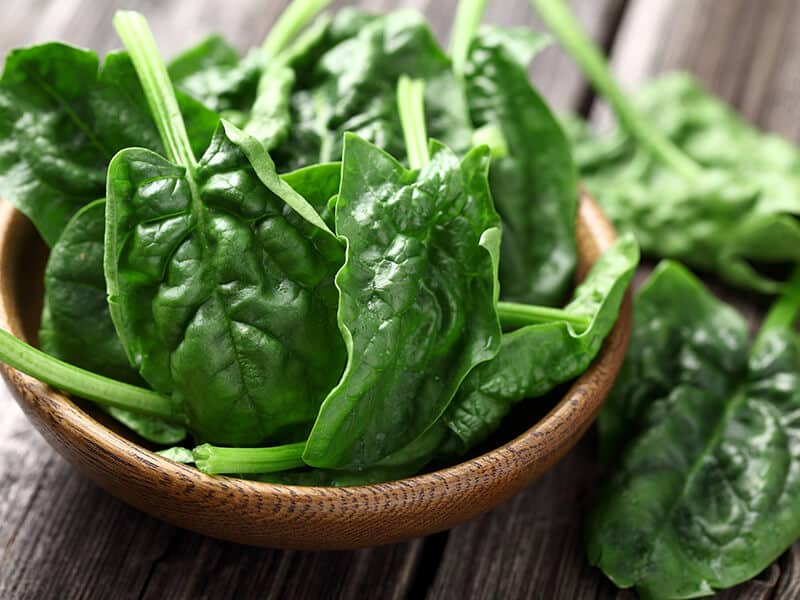
Spinach is a wonderful choice for those who are looking for a rich nutrient substitution. This vegetable has high vitamin K and vitamin A content, which will improve your eyes’ health and provide a stable foundation to your bone.
Spinach has a mild with a slightly sweet ending; therefore, it is adored by many chefs and home cooks worldwide. Fresh spinach is not as bouncy and crunchy as lettuce or cabbage, but the spinach flavor is more robust and prominent after being cooked.
I don’t suggest using spinach to substitute basil as a garnish due to its mild taste. For the pesto, pizza, and some casserole recipes, this ingredient is a lovely replacement. You can replace basil with an equal amount of spinach.
6. Rosemary – You Need To Use An Enough Amount
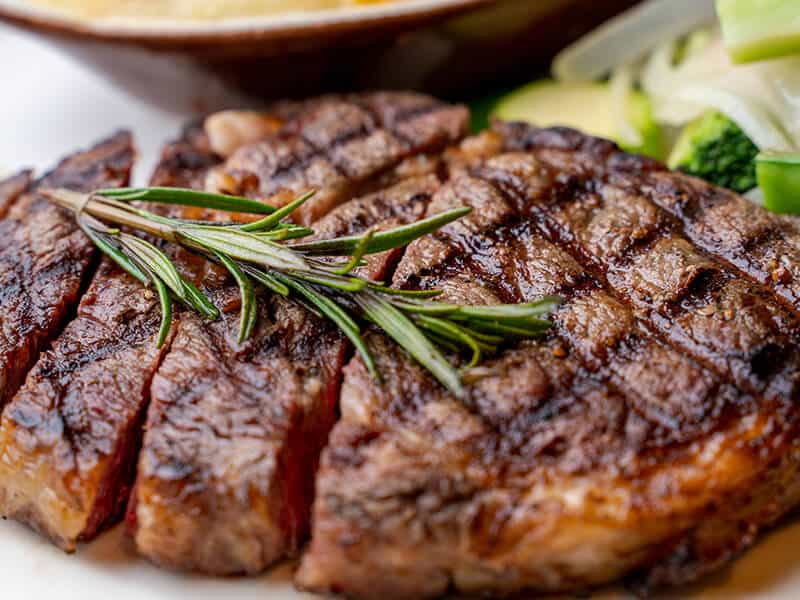
Rosemary seems to be a most-liked herb that you can add to plenty of dishes to raise the flavor. You can also use it for many purposes due to the herb’s floral exposure, like perfuming or producing conditions.
This ingredient can pair with different kinds of veggies, such as onions or sweet potatoes in many side dish recipes. Meat such as chicken and beef are also common choices to pair with rosemary to balance a hearty and rich meal .
Rosemary leaves are smaller than basil leaves so they can’t replace basil if you need the exact shape of basil leaves in the recipe. In other cases, feel free to use rosemary to substitute either fresh or dried basil.
Because of the plant’s aromatic taste with a hint of peppery and woodsy flavor, rosemary can be an excellent substitution for basil. I recommend that the ratio you should provide is 1:1.
7. Parsley – An Herbaceous Savor Alternative
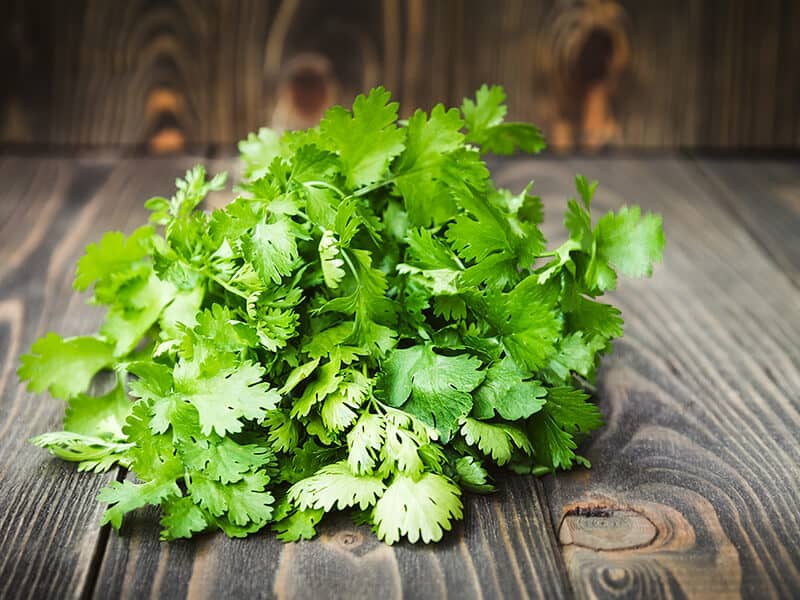
Parsley is a vegetable that is commonly used to add a green color to soup or salad recipes. This veggie taste has a light bitterness and a herbaceous flavor. Dried parsley has an intense aroma and is bitter, so be careful choosing which type of parsley to alternate basil.
Consuming sufficient amounts of parsley can help prevent certain cancers and diabetes. So if you are a health enthusiast, parsley should be one of your top choices.
You can use parsley as a garnish to add color and a note of aroma for pizza, pasta, and soups. Topping your salad with a pinch of parsley is an excellent choice to sneak a beautiful scent into your salad.
Feel free to replace fresh basil with parsley with a ratio of 1:1 without significant change ín flavor.
8. Thyme – Perfect In Making Marinade
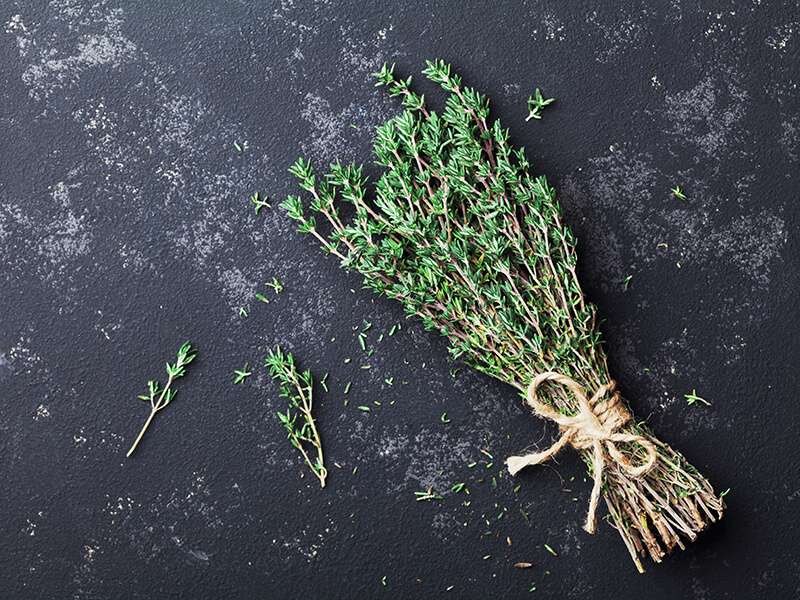
Thyme is a hardy herb commonly used in culinary, medicinal, and ornamental purposes. They are native to the southern Europe region.
Thyme is also one of the four important spices when marinating turkey. It has a slightly spicy, pungent, and salty flavor. This herb is often added at the end of the cooking process because high heat will cause a loss of its delicate flavors.
However, people may easily confuse thyme and rosemary because both have a strong aroma. Rosemary leaves are two times longer than thyme leaves and feel stiffer to the touch. Moreover, thyme has a significantly sharper peppery and mint taste than basil.
Therefore, thyme can substitute basil with the ratio of 1:2. Then, you can alter the amount of thyme to meet your favorite taste.
Oh wow! Thyme gives this simple steak recipe an amazing flavor.
9. Arugula – A Slight Spiciness Option
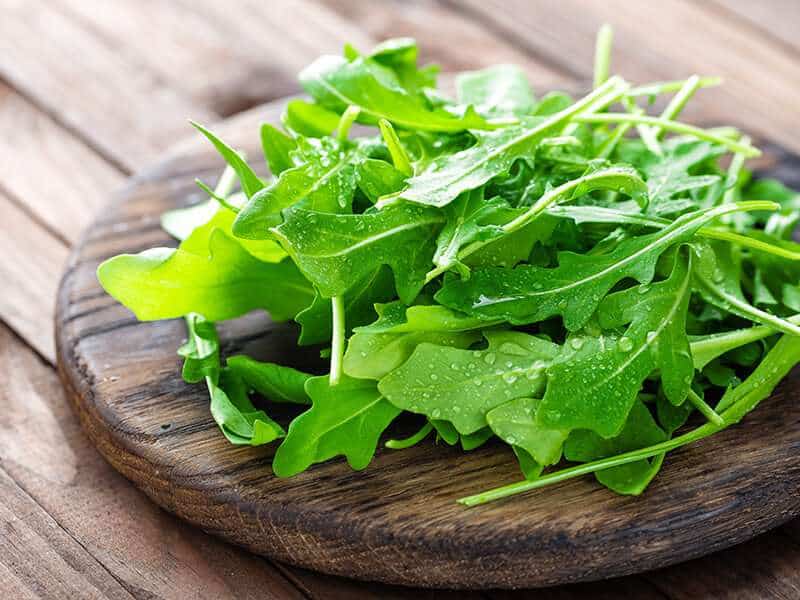
Arugula is a vegetable native to the Mediterranean and eastern Turkey. When eaten, it has a slightly harsh smell with bitterness and a little sour and spicy taste. A fun fact about this interesting vegetable is it has the ability to grow rapidly.
You can use arugula to eat with sandwiches, pizza, or even cooked in soups. Or to retain the full flavor of this vegetable, mix it with ground pepper, salt, olive oil, then add cherry tomatoes or walnuts. As a result, you will have a fresh salad right away.
Arugula is also a good substitute choice for fresh basil due to its similar peppery taste. Additionally, it could be mixed really well with other ingredients, such as cilantro or spinach.
My recommendation is to replace arugula with equal measurement as an alternative for basil in cooking.
10. Celery Leaf – Support Your Digestion
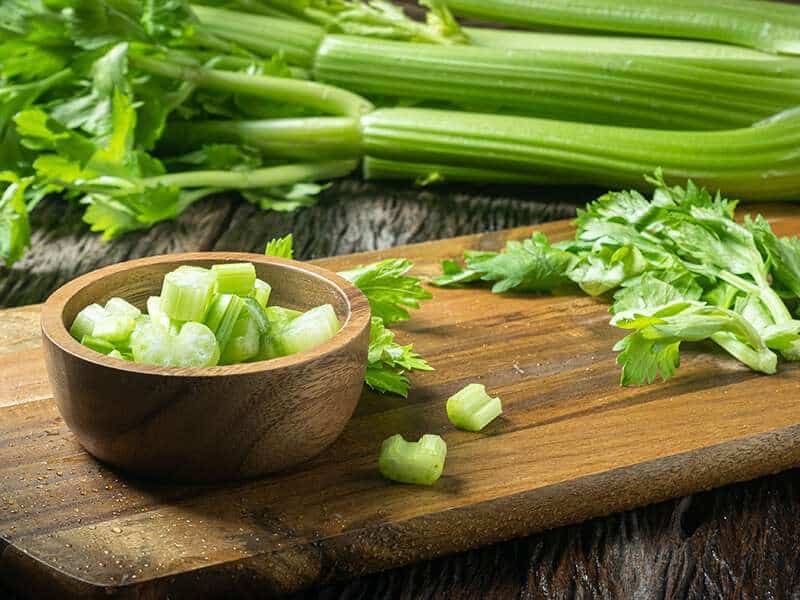
Celery has a crisp and slightly pungent taste along with subtle fennel and anise notes. People often use celery to make stir-fried dishes, juices, or making pesto.
Celery is not simply a delicious vegetable to prepare dishes! If you use it correctly, it will bring many health benefits, such as helps reduce and fight inflammation and supports the digestive system.
Celery leaves provide a refreshing green color for your recipes, so you can use celery leaves to substitute basil in making pesto. You can also toss these veggies into a salad to form a flavorful smell and taste.
For this option, I suggest using a 1:1 ratio to substitute basil to not change too much taste and aroma of your cooking dishes.
11. Tarragon – Enchanted Aromatic Scent
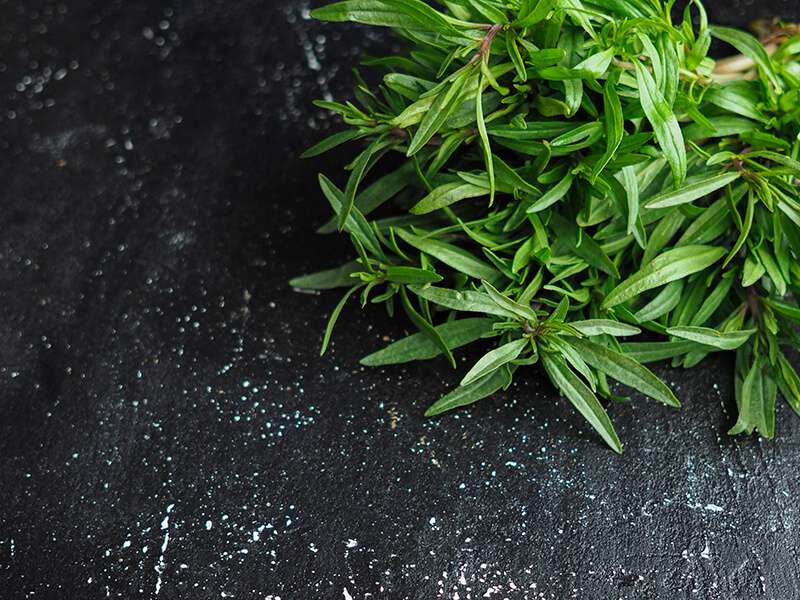
Tarragon is a green vegetable that is famous in France and Russia, where it has suitable weather for growing.
The special feature of tarragon is that it has a seductive aroma because it contains a rich concentration of essential oil. Moreover, it is packed with a large number of nutrients and minerals that are good for your health, such as vitamin A and vitamin C.
Although tarragon has more licorice flavor than basil, the flavor profile of both is nearly the same. So, fresh tarragon is an excellent substitute for fresh basil; however, I must note that it is a little stronger.
I recommend you replace one teaspoon of basil with half a teaspoon of tarragon in your recipes. This ratio also applies to the dried herb.
12. Marjoram – A Flawless Culinary Herb
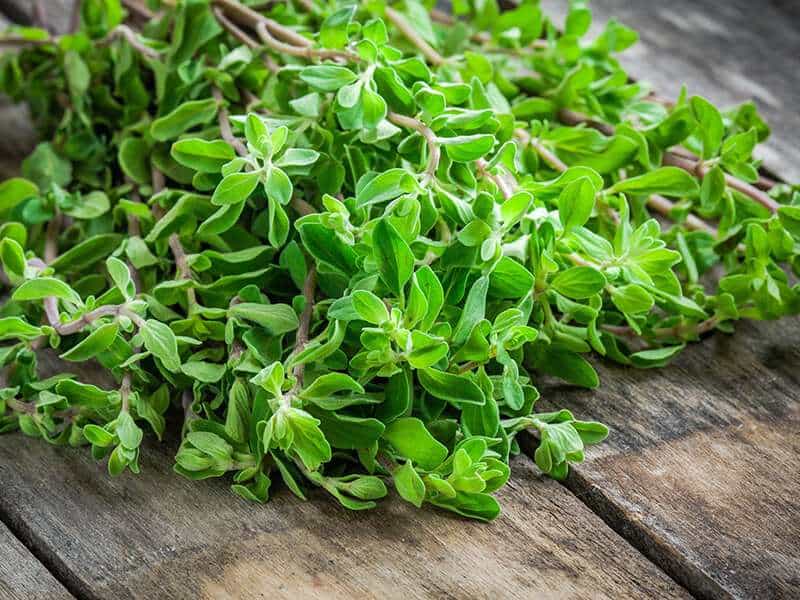
Marjoram is the last member of the mint family on this list. It has been cultivated in the Mediterranean region and Western Asia for a long time.
Marjoram in the dried form usually has a stronger citrusy flavor than the fresh form. Whether dried or fresh, marjoram can be used to make tea, add flavor to soups or meat dishes, and garnish salads to make it more appealing.
The taste of marjoram is quite similar to basil, with a slightly peppery and sweet flavor. Therefore, it could be used as an alternative option for basil in some Italian and French recipes.
One more tip that will help you use the marjoram correctly! For the fresh marjoram, you must add it after finishing cooking. Meanwhile, dried marjoram should be added at the beginning of cooking.
Lastly, you could replace basil in your cooking with the exact amount of marjoram. I’m sure you will love the final product.
This is such a simple way to use marjoram in a pasta recipe.
13. Sage – A Thicker “Twin” Of Basil

In terms of appearance, sage looks quite similar to basil, from the shape to the size of the leaves. Just like basil, sage has a peppery taste but gentler with an acidic lemon-like note. You can also find a minty and earthy taste with a touch of eucalyptus flavor.
Sage leaves are thicker than basil so you can fry sage leaves to create a crunchy texture to the gnocchi recipe. Also, adding these crispy leaves to pasta is a great choice to surprise your family.
Sage flavor works well with veggies like tomatoes and potatoes. You can add chopped sage to make tomato sauce or roast this herb with potatoes for an earthy flavor.
You can replace basil by adding the same amount of sage. This ratio applies for both dried and fresh sage to substitute dried and fresh basil, respectively.
14. Italian Seasoning – Alternate Dried Basil Perfectly
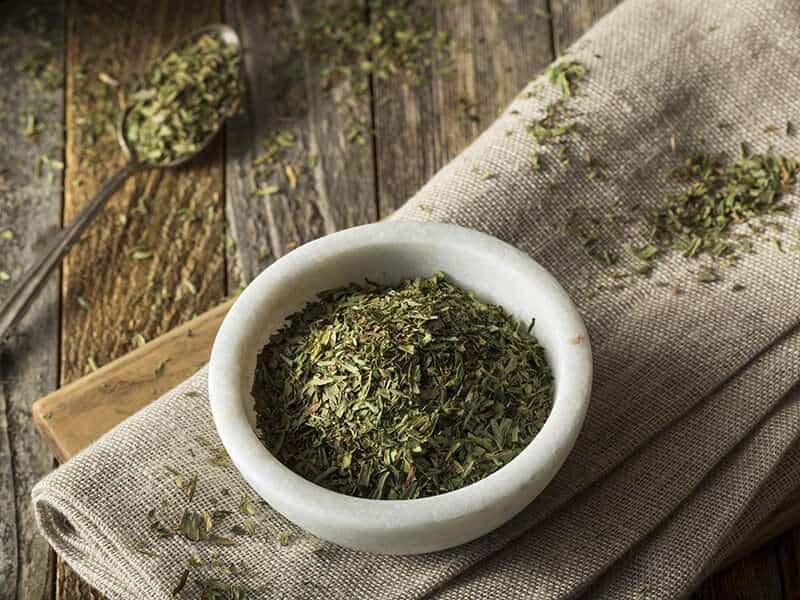
Italian seasoning is a masterpiece of combining three to five different herbs into one flavorful with a gorgeous aroma. Basil is one of the key ingredients in making Italian seasoning, so this spice is a top choice to alternate basil.
It is hard to find an exact word to describe Italian seasoning; it is full of robust aromatic smell with a unique earthy and flavorful flavor from various dried ingredients. You can also sense a subtle sweetness and a little minty note from this ingredient.
Italian seasoning has many usages; you can add it to marinate your meat or mix it in a salad for a fragrant and refreshing scent. Traditional Italian dishes like lasagna and spaghetti use this spice to generate its dazzling savor.
Italian seasoning is perfect for replacing dried basil in your recipe. You can substitute one teaspoon of dried basil for one teaspoon of Italian seasoning.
This is how you can make Italian seasoning at home. So simple!
15. Savory – A Lovely Note Of Sweetness
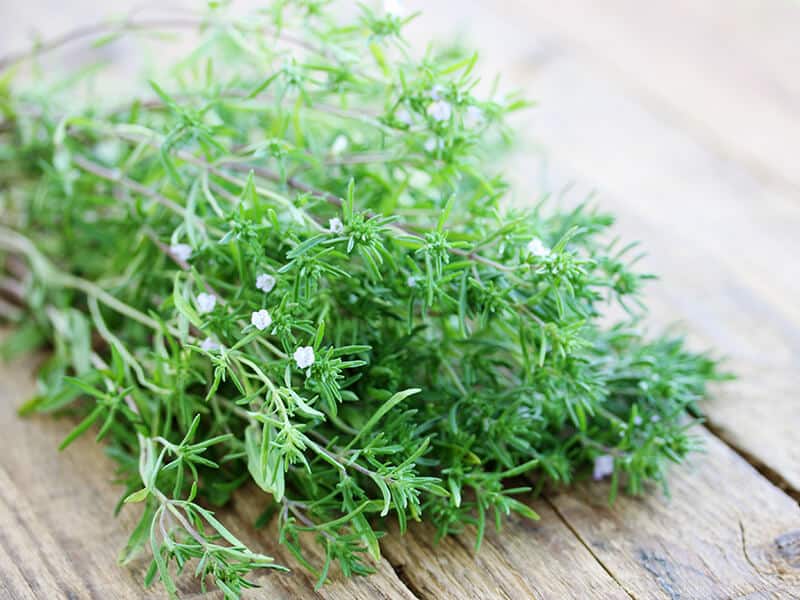
Savory is a bit spicy and has a slight peppery note. There are two common varieties of savory: summer savory and winter savory, which originated in the Mediterranean region.
Summer savory has a lightly sweet and peppery flavor, while the winter one is milder with an earthy flavor. You can use both of these types of savory in egg dishes to compliment the meal flavor.
Winter savory works well with stuffing recipes or mild salad dishes containing beans or potatoes. Summer savory, on the other hand, is great for cheese dishes to harmonize the rich flavor.
Dried savory is usually mixed with other herbs to create a mixture called Herbs de Provence. You can use this mixture for pizza toppings or seasoning meat.
Use a ratio of 1:1 to alternate basil with savory. This herb is another member of the mint family that can mimic the closest flavor of basil.
16. Poultry Seasoning – A Flavorful Substitute
Another mixture of various spices and herbs, poultry seasoning, is a great choice to substitute dried basil. This blended spice is usually made of fragrant herbs such as basil, marjoram, and sage with pungent ingredients like garlic powder, nutmeg, or ground pepper.
The ingredients added vary depending on each region’s taste. Due to the diversity of mixed materials, poultry seasoning has quite a complex flavor that will create a fascinating savory profile for every recipe that uses this unique spice.
This blended spice is commonly used for seasoning meat before roasting, which will create a flavorful dish with a lovely aroma. Use poultry seasoning to replace dried basil with the exact amount that is required in your recipe.
Awesome! Let’s learn how to make this poultry seasoning right now!
One Last Basil Interesting Fact
Do you know that basil also has medical applications? Consuming basil can help improve your digestion and reduce the pressure in your blood.
Holy basil contains adaptogens that can improve your body’s resilience against depression and stress (2). Plus, the pleasant citrus-like smell from certain varieties of basil will create a comfortable feeling for you.
Feel free to share with me the output after trying the recommended basil substitutes. If you know other herbs that can replace basil, please leave a comment below. Thank you for your time.
Reference:
- En.wikipedia.org. 2021. Basil – Wikipedia.
- Verywell Health. 2021. What Is Holy Basil?.

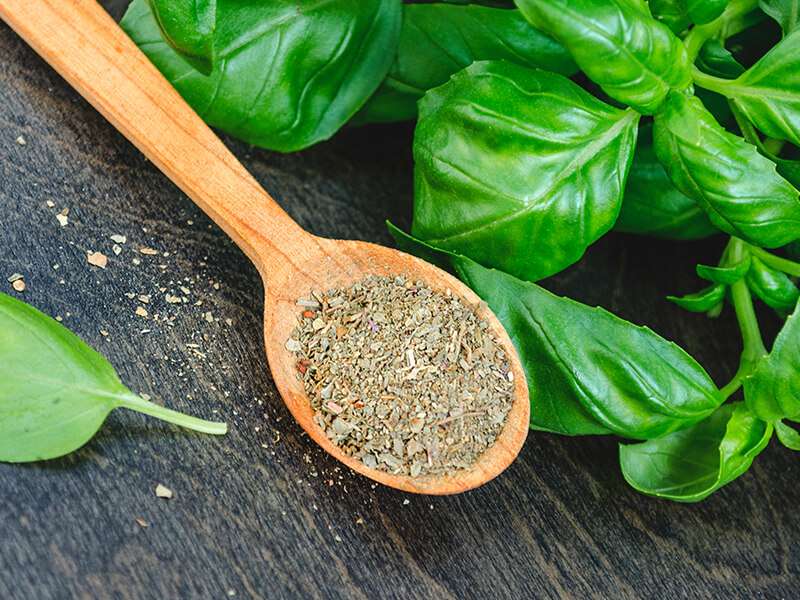
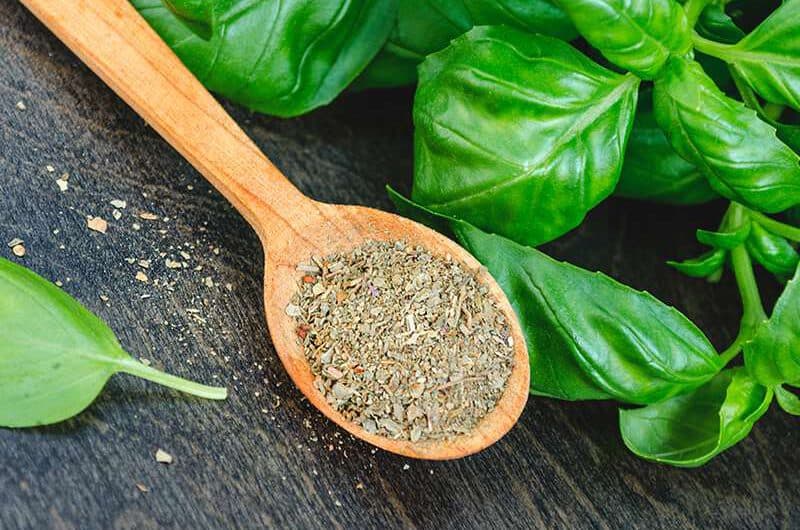
Liam O’Brien
Founder & Recipe Developer
Expertise
Education
Dublin Institute of Technology (now Technological University Dublin)
Ballymaloe Cookery School, County Cork, Ireland
Liam O’Brien is the co-founder and kitchen soul behind Good Tasting Meals, a chef who believes that cooking shouldn’t feel stressful or complicated.
He earned his culinary stripes at Technological University Dublin and polished his farm-to-table skills at Ballymaloe Cookery School. With over 15 years flipping pans and stirring up stories, Liam has worked in family cafés, bustling bistros, and everything in between.
At Good Tasting Meals, Liam brings you recipes that feel like home: cozy, simple, and full of flavor.